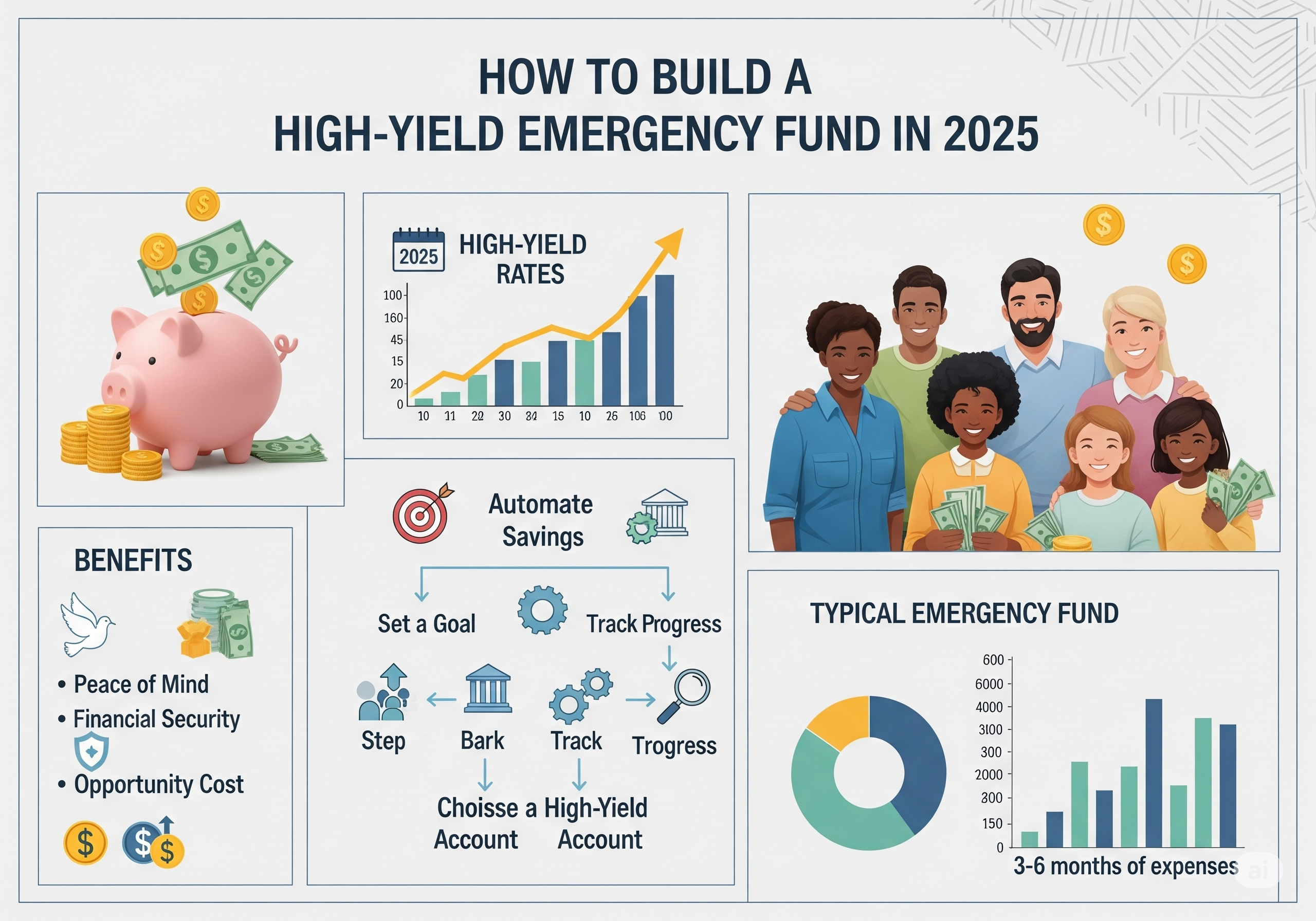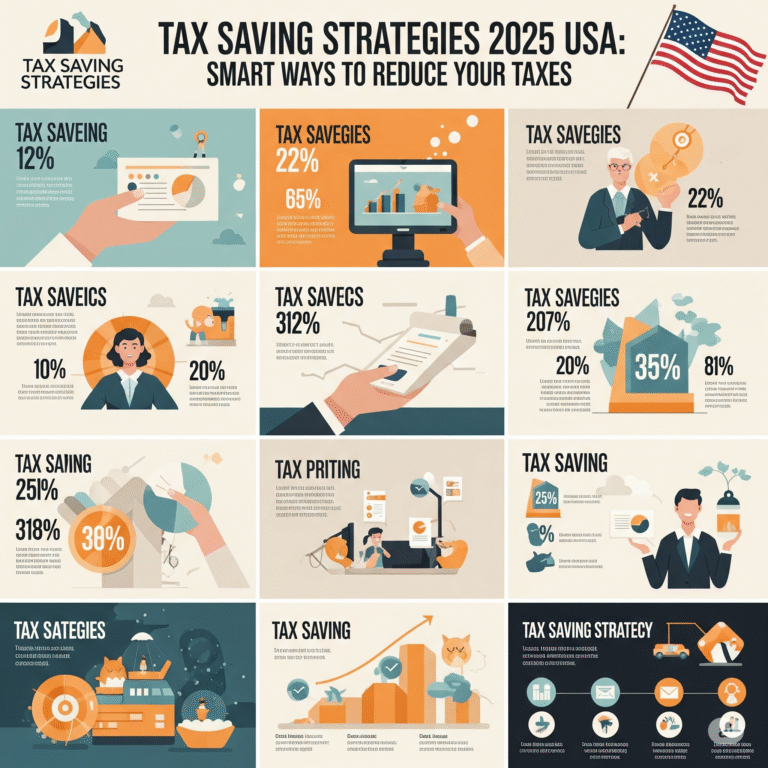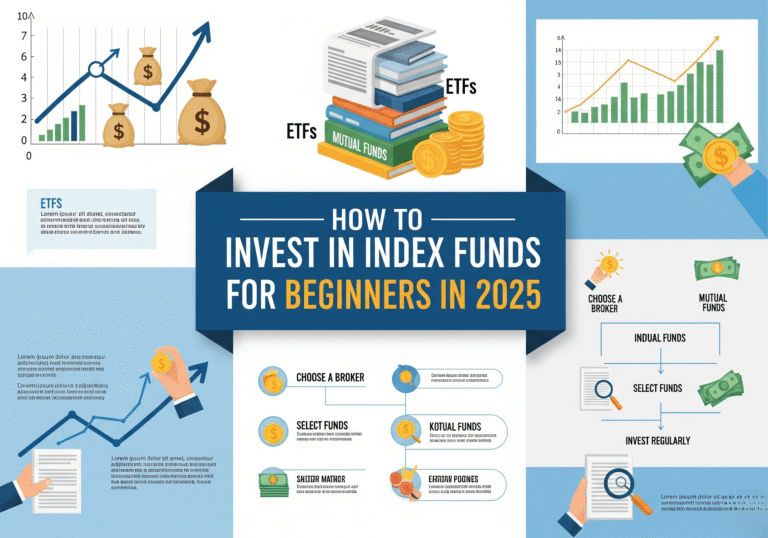Compound Interest Explained: How $100 Grows Over Time (U.S. Guide)

🧠 What Is Compound Interest?
One of the most potent forces in finance is compound interest. It is the process by which your money generates income, which in turn generates additional revenue.
Compound interest provides interest on both your initial principal and the interest that has accrued over time, in contrast to simple interest, which simply pays on the initial amount.
Consider growing a money tree, which will bear more fruit each season the longer you allow it to grow. Compound interest operates in this manner.
💸 Why Compound Interest Matters
The foundation of long-term wealth accumulation is compound interest. Over decades, it grows modest, steady investments into substantial sums. It can increase substantially over time, even if you only start with $100, particularly if you remain consistent and allow time to do its work.
It serves as the basis for:
Accounts for retirement
Savings plans
Bonds
Portfolios of stocks
Reinvestment in real estate
📈 How $100 Can Grow Over Time (Real Examples)
Let’s dissect it. Let’s say you put $100 into an account that yields 10% annual compound interest.
Over time, your money would look like this:
Year StartingBalance InterestEarned Total
1 $100 $10 $110
2 $110 $11 $121
5 $146.41 $14.64 $161.05
10 $235.79 $23.58 $259.37
20 $672.75 $67.28 $740.03
30 $1,745.06 $174.51 $1,919.57
Thanks to compounding, that is a 19x return on a mere $100 investment with no more work.

🧮 Try It Yourself: Free U.S. Calculator
See how your money could grow by using this official U.S. compound interest calculator: 👉 Investor.gov Compound Interest Calculator
Simply type:
The initial outlay of funds
Rate of interest
Frequency of compounding (monthly, annually, etc.)
Years
and obtain a result right now.
⏱️ The Rule of 72 (Quick Growth Estimator)
An easy way to calculate how long it will take to double your money is to use the Rule of 72.
The formula
72 ÷ Interest Rate = Double Years
For instance:
Interest at 6% = 72 ÷ 6 = 12 years
72 ÷ 10 ≈ 7.2 years at 10% interest
72 ÷ 12 = 6 years at 12% interest
This guideline facilitates quick comparisons of various savings or investment possibilities.
🔁 The Power of Compounding Frequency
The rate at which your money increases depends on whether your interest is compounded daily, monthly, or annually.
Using compounding, $100 grows at a rate of 10% over ten years as follows:
Frequency Final Value
Annually $259.37
Monthly $270.70
Daily $271.83
💡 Monthly or daily compounding always wins in the long term.
🏦 Real-Life Examples of Compound Interest in the U.S.
- Savings accounts with high yields
Online banks like:
Ally Bank
SoFi
American Express High-Yield Savings
…provide interest rates ranging from 4 to 5% APY. Compared to regular banks, that is significantly better (typically less than 1%).
📌 Advice: Only use banks that are FDIC insured.
2. Roth IRA / 401(k) Retirement Accounts
Roth IRA grows tax-free
401(k) grows tax-deferred
The majority of Americans earn millionaires by making steady contributions and allowing compound interest to work.
Your retirement funds can double or quadruple if you start in your 20s rather than your 40s.
3. Dividend Reinvestment Plans (DRIPs)
Reinvesting dividends from dividend-paying equities can eventually result in compound growth.
For instance:
Purchase a dividend stock for $100.
Reinvest $2 in dividends every three months.
Now, $102 also generates dividends.
4. Index Funds
S&P 500 ETFs and other index funds have typically yielded returns of 7–10% per year. Compared to individual equities, these carry less risk and are ideal for long-term compounding.
Recommended platforms:
The Vanguard
Trustworthiness
Schwab
🧠 Time > Money: You Make More the Early You Begin
Even modest investments that are made early outperform large ones that are started later.
For instance:
Between the ages of 25 and 35, Sarah invests $100 every month before ceasing.
John invests $100 a month until he is 65, starting at age 35.
💥 Despite investing for fewer years, Sarah ends up with more money. Why? There was more time for compound interest to increase.
💰 Long-Term Results of Investing $100/Month
Years Total Invested Final Amount (10%)
10 $12,000 $19,150
20 $24,000 $68,730
30 $36,000 $197,393
40 $48,000 $556,197
That’s how millionaires are made — not through luck, but by consistency + compounding.

📊 How to Start Investing with Just $100
You may begin right now with apps such as:
Robinhood: An introduction
Reliable U.S. brokerage Fidelity
Excellent for automated investing is M1 Finance.
Select dividend stocks, index funds, or exchange-traded funds (ETFs) and set up automatic deposits.
Concluding Remarks: Financial Independence via Compound Interest
Understanding compound interest is the first step towards financial independence.
📌 It instructs:
Having patience
Long-range planning
The importance of early savings
Start with what you have; over time, even $100 can grow to $2,000 or more. The earlier you start, the less money you’ll need to spend to reach your objectives.
🟩 Ready to Build Wealth?
Subscribe to WealthNestle.com for:
Beginner-friendly finance tips
U.S. investment strategies
Daily content to grow your savings
📝 Table of Contents








6 Comments